Latest Posts by ritasakano - Page 5


Shibori kimono. Taisho period (1912-1926), Japan. The Kimono Gallery. A silk shibori kimono featuring large ‘yabane’ (arrow-feather) motifs of shibori with silk and metallic thread embroidery highlights. This kimono is patterned entirely in fine shibori (tie-die). The arrow feather (yabane) motif first became fashionable in Japan as early as the Heian era – initially with martial connotations – and during the Edo era it was often used on kimono for ladies in waiting. The motif was very popular on schoolgirl and teacher kasuri (ikat) kimonos of the mid to late Meiji period. During the Taisho and early Showa periods the yabane was a popular woman’s kimono motif, created via shibori, stenciling, or yuzen-dyeing. The arrow-feather motifs were most often vertical, but sometimes created at an angle, as in this example. The Yabane pattern, like most geometric motifs, is all-season, however, it has an auspicious association with weddings – like an arrow shot from a bow a bride does not return to her parents’ house. This kimono would have been very expensive to create - the shibori work itself would have taken a few months to complete. The white silk embroidery on the two arrow-feather motifs situated on lower left of the kimono is very visible from a distance, and provides a tasteful change from the other plainer motifs. The motifs are randomly scattered throughout the kimono 'canvas’, resulting in a casual relaxed atmosphere. The “speckled” appearance of the yellow background color is an accomplished effect: many thousands of tie-dye knots were once placed here to be able to achieve the slightly puckered yellow dots on black background speckled look.
Livro
FREE BOOKS: 100 LEGAL SITES TO DOWNLOAD LITERATURE

Looking for the next great book to sink your teeth into? Look no further. Below are over 100 links to websites that provide free e-books on a huge variety of topics.
Continuar lendo








ART PRINTS BY FINLAY MCNEVIN
Potassium - Element Art
Helium - Element Art
Aluminum - Element Art
Calcium - Element Art
Fluorine - Element Art
Phosphorus - Element Art
Carbon - Element Art
Chlorine - Element Art
Also available as canvas prints and framed art prints
FREE WORLDWIDE SHIPPING + $5 OFF ALL PHONE CASES TODAY!






ART PRINTS BY FINLAY MCNEVIN
Oxygen - Element Art
Boron - Element Art
Lithium - Element Art
Sulfur - Element Art
Hydrogen - Element Art
Sodium - Element Art
Also available as canvas prints and framed art prints
FREE WORLDWIDE SHIPPING + $5 OFF ALL PHONE CASES END TONIGHT AT MIDNIGHT PT!
As pétalas voam Pousando suavemente Nos cabelos Forrando tudo de rosa suave Mansamente

VISIONS OF SPRING: CHERRY BLOSSOMS
SPRING IS THERE, CATCH A GLIMPSE A LOT OF MY FOLLOWERS, SOME VERY DEAR ONES SEEM NOT TO BE WELL RIGHT NOW. MY OWN HEALTH AND MOOD ARE PRETTY BAD SINCE THE LAST FEW MONTHS. DON’T GIVE UP PLEASE, NEITHER WILL I, PROMISE. SPRING IS THERE. TRY TO GO OUTSIDE, TAKE A DEEP BREATH. LET YOURSELF GO, AT LEAST FOR A MINUTE. MAYBE TAKE A FEW SNAPSHOTS AS A REMINDER. IT WILL HELP A LOT. HUGS :-D:-D:-D:-D
Novaexpress93

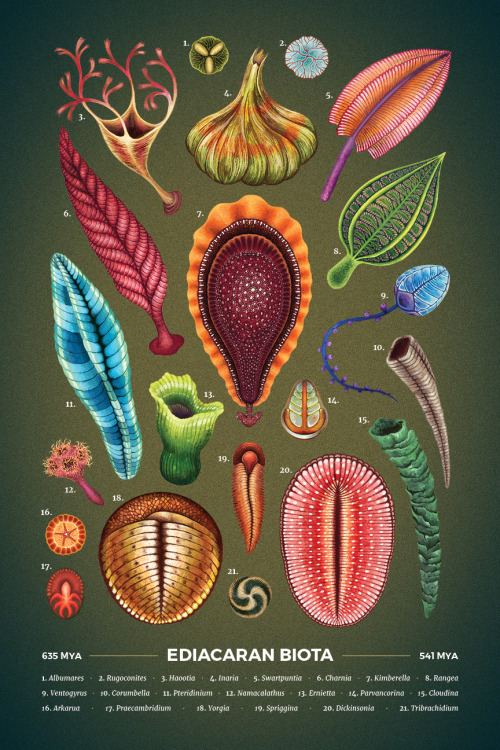
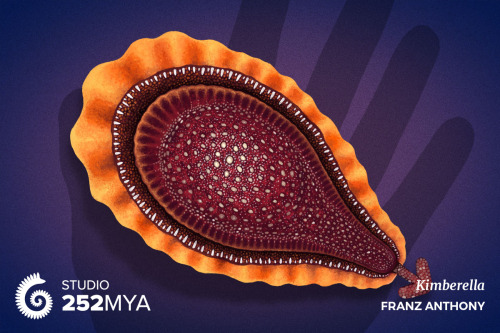
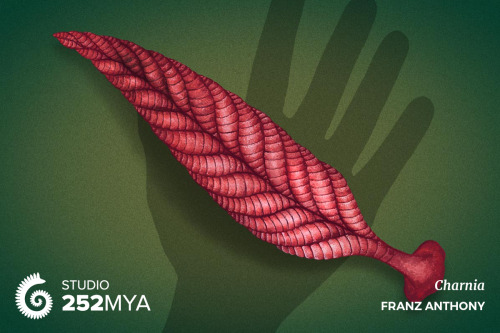
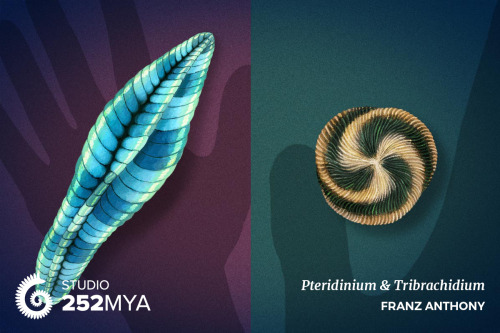
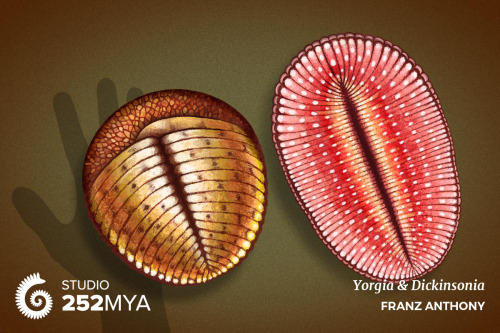
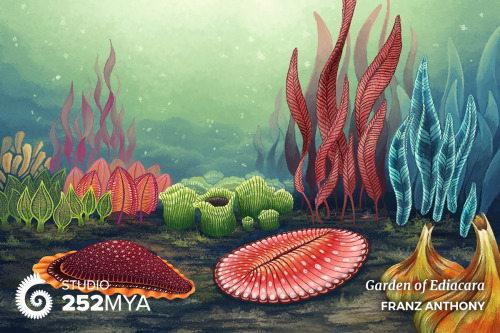
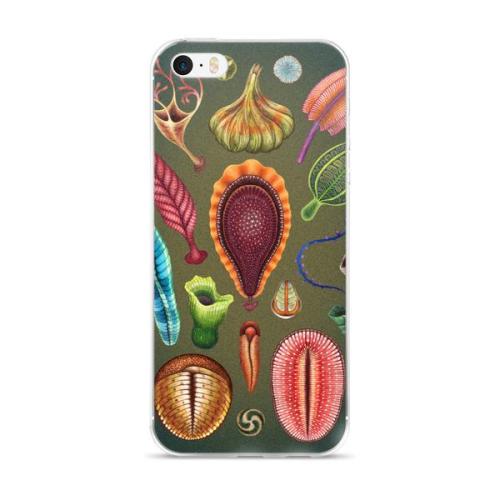
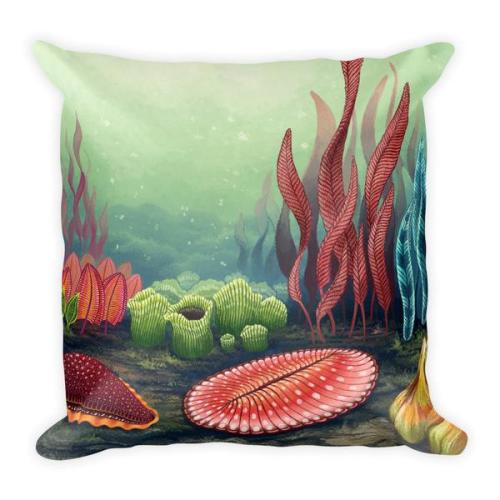
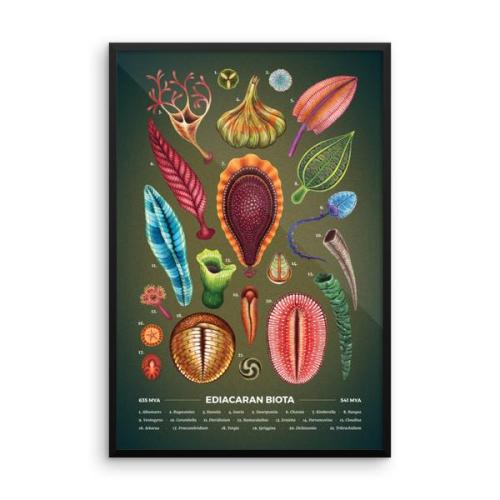
The secret Garden of Ediacara and the origin of complex life
Illustrated for an article on Earth Archives. Also available as posters, art prints, and other merchandises from 252MYA.
—
252MYA.com

The polluted brain
Some of the health risks of inhaling fine and ultrafine pollutant particles are well-established, such as asthma, lung cancer, and, most recently, heart disease. But a growing body of evidence suggests that such exposure can also harm the brain, accelerating cognitive aging, and may even increase risk of Alzheimer’s disease and other forms of dementia.
by Emily Underwood
for Science
brought to you by Graphic Services for Science and Graphic Biology









<p>Para os meus netos. Quando do término da minha graduação elaborei algumas peças em feltro para auxiliar a alfabetização de crianças. <br> Bem, pensei que usariam com meus futuros alunos. Só pensei, pois não os tive. Quanto aos projetos os acumulei e não parei de cultivar a minha mente e furar os meus dedos.<br> Voltei a eles, com pontos e linhas coloridas. <br> São para os meus netos.
> Livro em feltro Bebê e as formas geométricas. Baseado no livro o Bebê maluquinho de Ziraldo.

Olfactory perception influenced by background and semantic information
When two people smell the same thing, they can have remarkably different reactions, depending on their cultural background. Researchers at the Neuro have found that even when two cultures share the same language and many traditions, their reactions to the same smells can be different.
In a partnership with researchers from the Lyon Neuroscience Research Centre in France, clinical neuropsychologist Jelena Djordjevic and her group at the Montreal Neurological Institute tested subjects in Quebec for their subjective impressions of different scents, while their collaborators in France did the same with French subjects. They selected six scents: anise, lavender, maple, wintergreen, rose and strawberry.
Participants were asked to smell each scent first without knowing what the scent is, then again after being told its name. The subjects rated the scent on pleasantness, intensity, familiarity, and edibility. The scientists also measured the subjects’ non-verbal reactions to each scent, including sniffing, activity of facial muscles, respiration and heart rate.
The researchers found significant differences between ratings of the same odours among the French and French-Canadian subjects. For example, the French gave wintergreen much lower pleasantness ratings than French-Canadians. In France, wintergreen is used more in medicinal products than in Canada, where it is found more in candy. Canadians were more familiar with scents of maple and wintergreen than the French, while in turn people from France were more familiar with the scent of lavender. When asked to describe odours, Canadians were better at describing maple and wintergreen, while people from France were better at describing lavender. Anise was rated similarly in two cultures but was described more often as “licorice” in Quebec and as “anise” in France.
Providing the names of the odours to subjects increased their ratings of familiarity, pleasantness and edibility. Furthermore, cultural differences disappeared or decreased when the names were provided. This was true even for the non-verbal reactions to scents. The findings suggest that mental representations activated by odour names are more similar between cultures than the mental representations activated by sensory information alone. Cultural differences in perception of odours are subtle, and are easily reduced by the mere presence of odour names.
The results were published in the journal Chemical Senses.
This study reinforces the idea that our brain’s processing of odour is not simply its reaction to the chemical compounds that make up the scent. It is influenced both by our previous experience with the scent and our knowledge of what the scent is.
While previous studies have come to similar conclusions, this study is unique in that it compared two cultures which share the same language and have similar traditions. This eliminated the possibility of language being a cause of the different reactions between groups.
“In psychology, we call these effects ‘top-down influences’ and we were excited to further develop our understanding of them”, says Djordjevic. “Even basic processes, such as smelling a scent, are influenced by where we come from and what we know. The sense of smell occupies a very old part of our brain. Studying this old sensory system helps us understand how we have evolved as a species. Furthermore, olfactory loss is common in normal aging and also in many neurological conditions. Studying these disorders can provide us with clues about the disease mechanisms and possible ways to treat them.”



Full story here. And here’s our rhyming round-up of other ancient, giant versions of modern mammals:
Image credit: Mauricio Antón/Journla of Systematic Palaeontology

@maejemison fist black woman in space and principle of the 100 Year Starship Project. #WomeninScienceBook #scientificliteracy #happyblackhistorymonth #blackhistoryshouldbecelebratedallyearlong
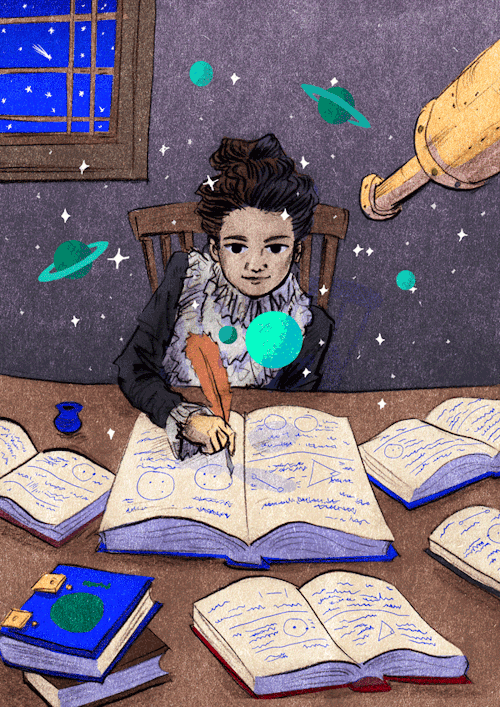
On this day but in 1750, Caroline Lucretia Herschel was born.
Caroline Herschel was the sister of the astronomer William Herschel. After learning astronomy alone and math with the help of her brother, she became his assistant. His most significant contribution to astronomy were the discoveries of various comets, especially comet 35P / Herschel-Rigollet.
Um trabalho primoroso de Ivan Mizanzuk. Histórias reais sobre pessoas reais.
#animais#classificação#ordem#ciência

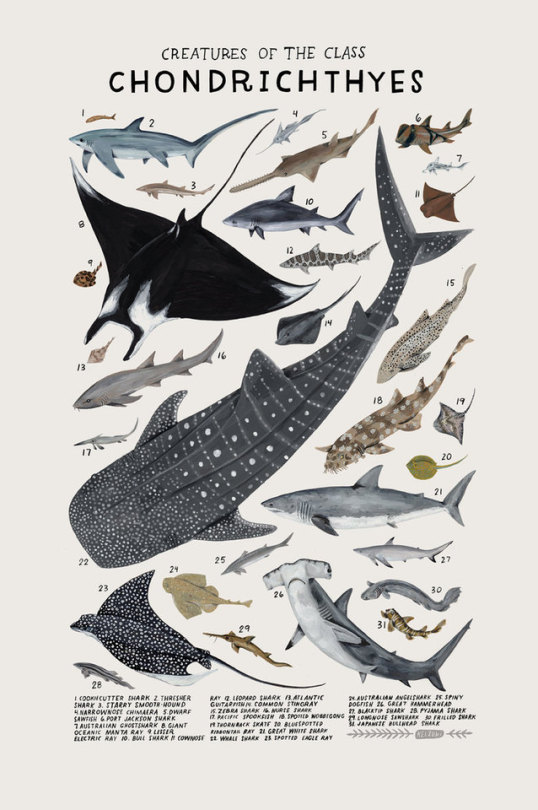
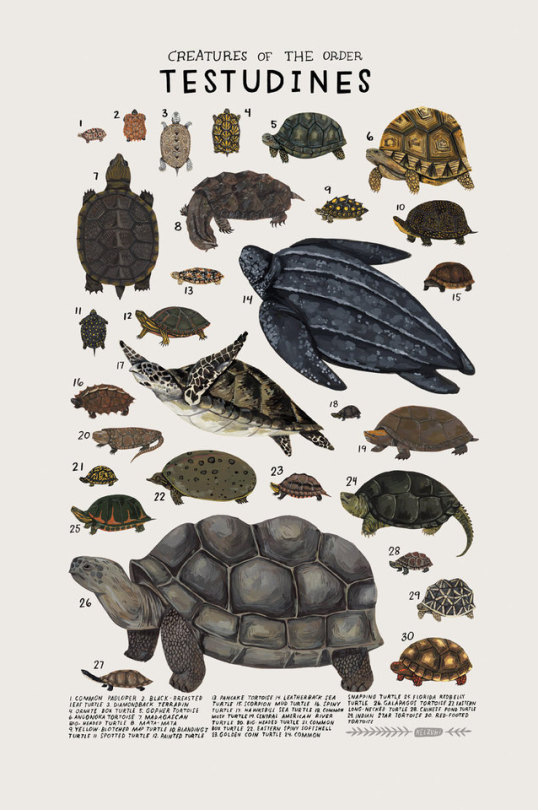
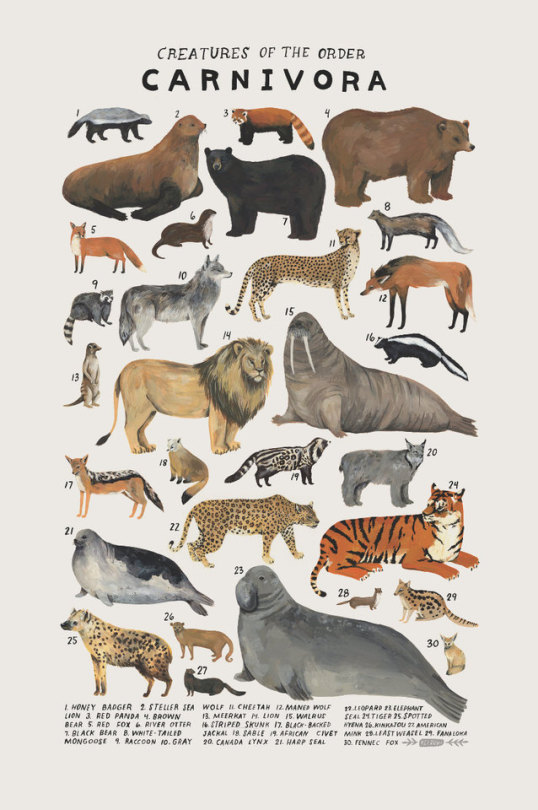




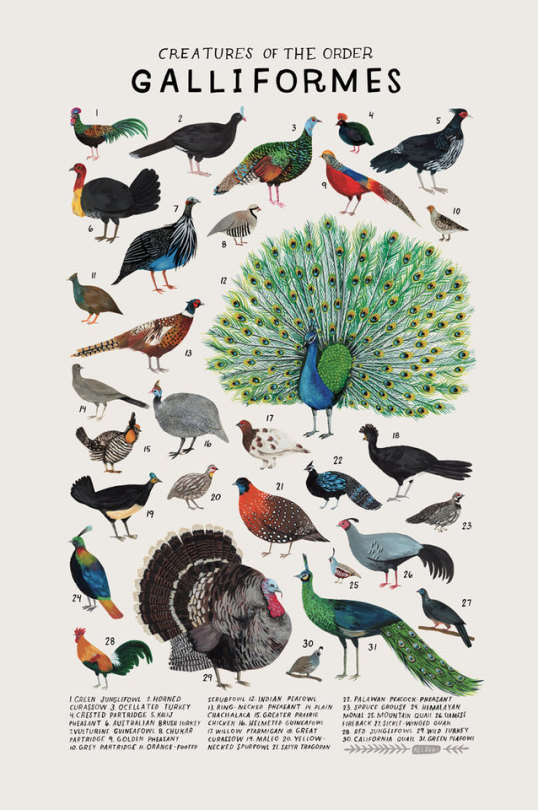
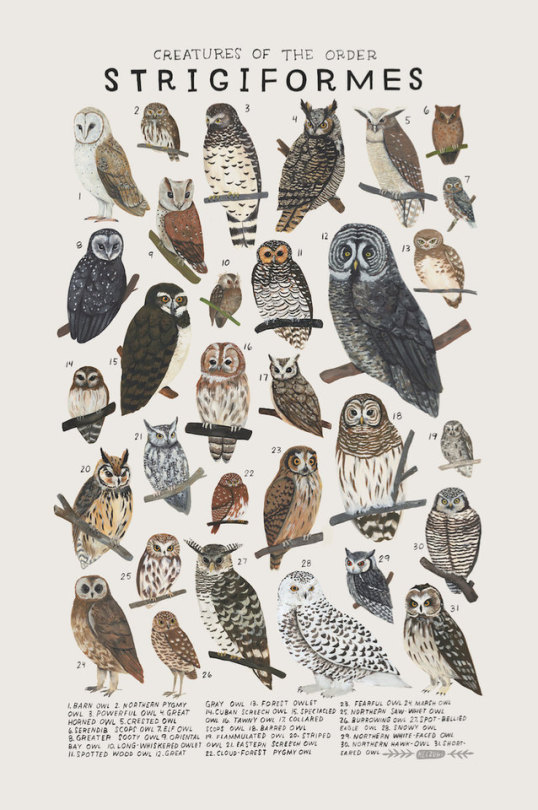
Animal Species Illustration Posters by Kelsey Oseid on Etsy
More like this

Zoom into the Bloodstream by Linda Nye
This amazing visualization of human circulation takes you from the heart, to the smallest arteries, to single oxygen atoms.
How many of you can name all of the scientific components that you see here? Hint: the big yellow ball with purple on it in the back is a cholesterol particle
P.S. If you’re a nerd like me and like reading journal articles, check this one by Linda Nye on biomedical visualization out : (x)
Seis anos do Grande terremoto de Tohoko!!





A Wider Set of Eyes on the Universe
After years of preparatory studies, we are formally starting an astrophysics mission designed to help unlock the secrets of the universe.
Introducing…
the Wide Field Infrared Survey Telescope, aka WFIRST.

With a view 100 times bigger than that of our Hubble Space Telescope, WFIRST will help unravel the secrets of dark energy and dark matter, and explore the evolution of the cosmos. It will also help us discover new worlds and advance the search for planets suitable for life.
WFIRST is slated to launch in the mid-2020s. The observatory will begin operations after traveling about one million miles from Earth, in a direction directly opposite the sun.

Telescopes usually come in two different “flavors” - you have really big, powerful telescopes, but those telescopes only see a tiny part of the sky. Or, telescopes are smaller and so they lack that power, but they can see big parts of the sky. WFIRST is the best of worlds.
No matter how good a telescope you build, it’s always going to have some residual errors. WFIRST will be the first time that we’re going to fly an instrument that contains special mirrors that will allow us to correct for errors in the telescope. This has never been done in space before!
Employing multiple techniques, astronomers will also use WFIRST to track how dark energy and dark matter have affected the evolution of our universe. Dark energy is a mysterious, negative pressure that has been speeding up the expansion of the universe. Dark matter is invisible material that makes up most of the matter in our universe.
Single WFIRST images will contain over a million galaxies! We can’t categorize and catalogue those galaxies on our own, which is where citizen science comes in. This allows interested people in the general public to solve scientific problems.
Make sure to follow us on Tumblr for your regular dose of space: http://nasa.tumblr.com
Novas possibilidades ao nosso alcance.
81-Yo Japanese Woman Who Taught Herself Programming Launches First iPhone Game

Tech-savvy Masako Wakamiya might be 81-years-old, but she is anything but a ‘typical’ senior citizens. Recently, the Japanese citizen launched her first iPhone app, and she’s now on a mission to show other older individuals that they, too, can learn coding or another trade.
Continuar lendo
Um misto de arte e de dor.






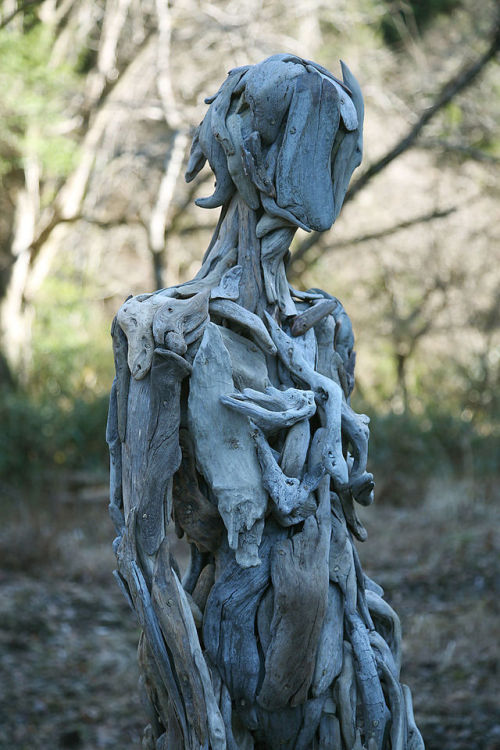




A modern pair of ornate hina dolls dressed in costumes made with silk from Gunma Prefecture. Gunma is known for silk production; the first mechanized silk mill in Japan was built in Tomioka, Gunma Prefecture during the early Meiji Period.

You could be missing deductions.
When you prepare your own taxes, credits and deductions are harder to spot. That’s why H&R Block’s tax pros are working with Watson cognitive AI to help uncover breaks you have coming, no matter how you earned it.
Learn how Watson and the tax pros do taxes. →

Meet the real women behind Hidden Figures.
Before electronic computers were common, NASA hired mathematicians like Katherine Johnson to do the computing. Even after NASA began using IBM computers to plan its missions, Astronaut John Glenn trusted Johnson’s abilities so much that he personally requested she recheck the computer calculations that helped him become the first American to orbit the Earth.
Johnson is one of the women whose work inspired the film Hidden Figures — the true story of three African American mathematicians who helped NASA launch the first Americans into space.
Feeling inspired? See how math might figure into your life. Uncover more about Katherine Johnson →
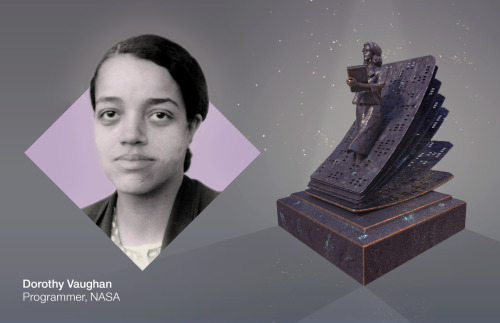
Meet the real women behind Hidden Figures.
In the early days of the Space Race, Dorothy Vaughan headed the National Advisory Committee for Aeronautics’ (NACA) West Area Computing unit. It was an important but segregated unit of mostly female mathematicians doing aerospace calculations by hand. When NACA became NASA in 1958, the Analysis and Computation Division desegregated and Vaughan became a sought-after expert on FORTRAN – a programming language used on IBM mainframes.
Vaughan is one of the women whose work inspired the film Hidden Figures — a true story of three African American mathematicians who helped NASA launch the first Americans into space.
Feeling inspired? See how coding might figure into your life. Uncover more about Dorothy Vaughan →
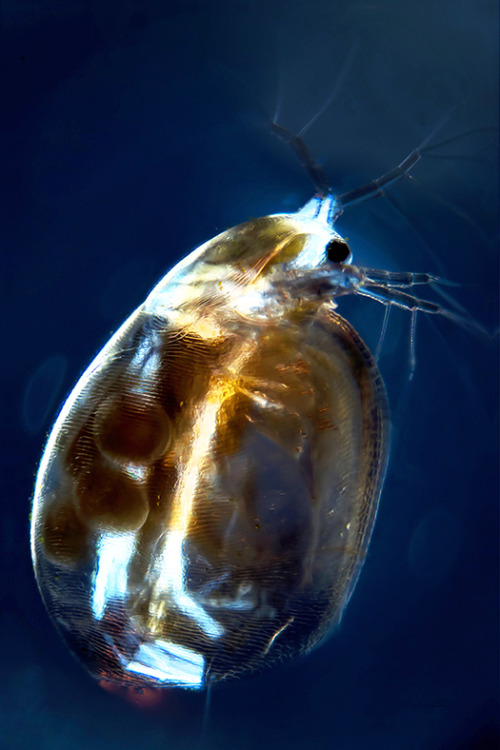
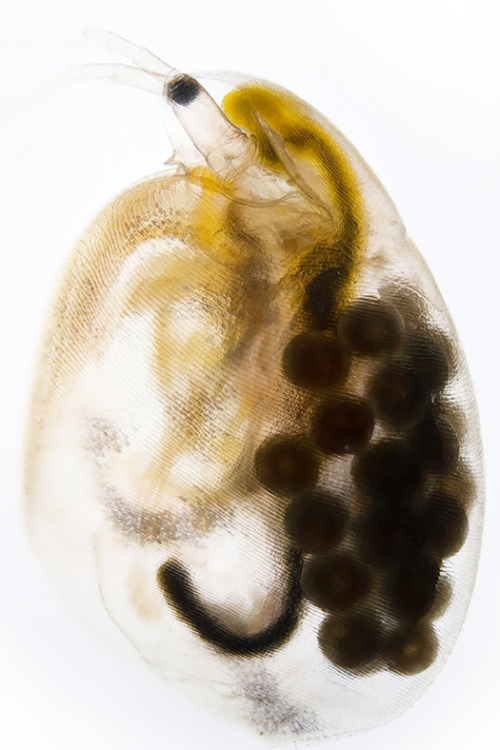
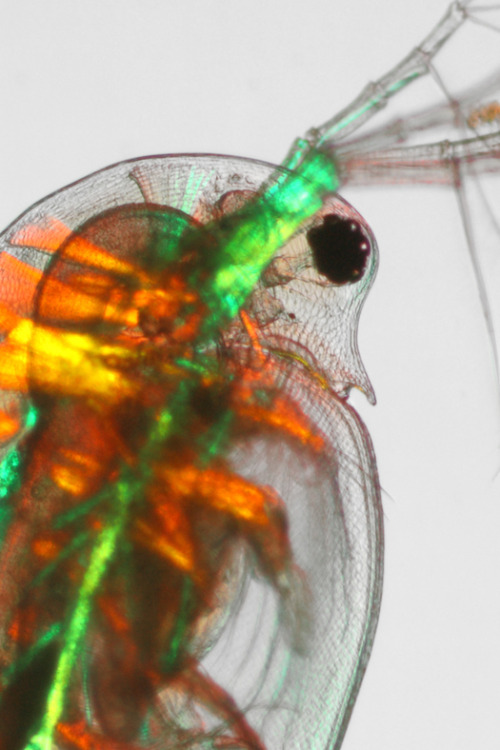
A salty situation.
Zooplankton may be the smallest species in the freshwater food chain, but they play a big role in preserving our lakes, streams and wetlands. That’s one of the reasons why IBM joined forces with the Rensselaer Polytechnic Institute and The FUND for Lake George to create the Jefferson Project at Lake George to understand and protect freshwater ecosystems. Recently they studied the effects road salt has on a species of zooplankton. Road salt usage has increased 50-fold since 1940, and bodies of freshwater are increasing in salinity because of it. Using IBM technology, the researchers monitored zooplankton in varying levels of salinity and found that the organisms were capable of evolving a higher tolerance to the salt. This is good news for the ecosystem since the loss of plankton could have cascading effects throughout the food chain. See, small can be mighty too.
Explore the study’s results →

